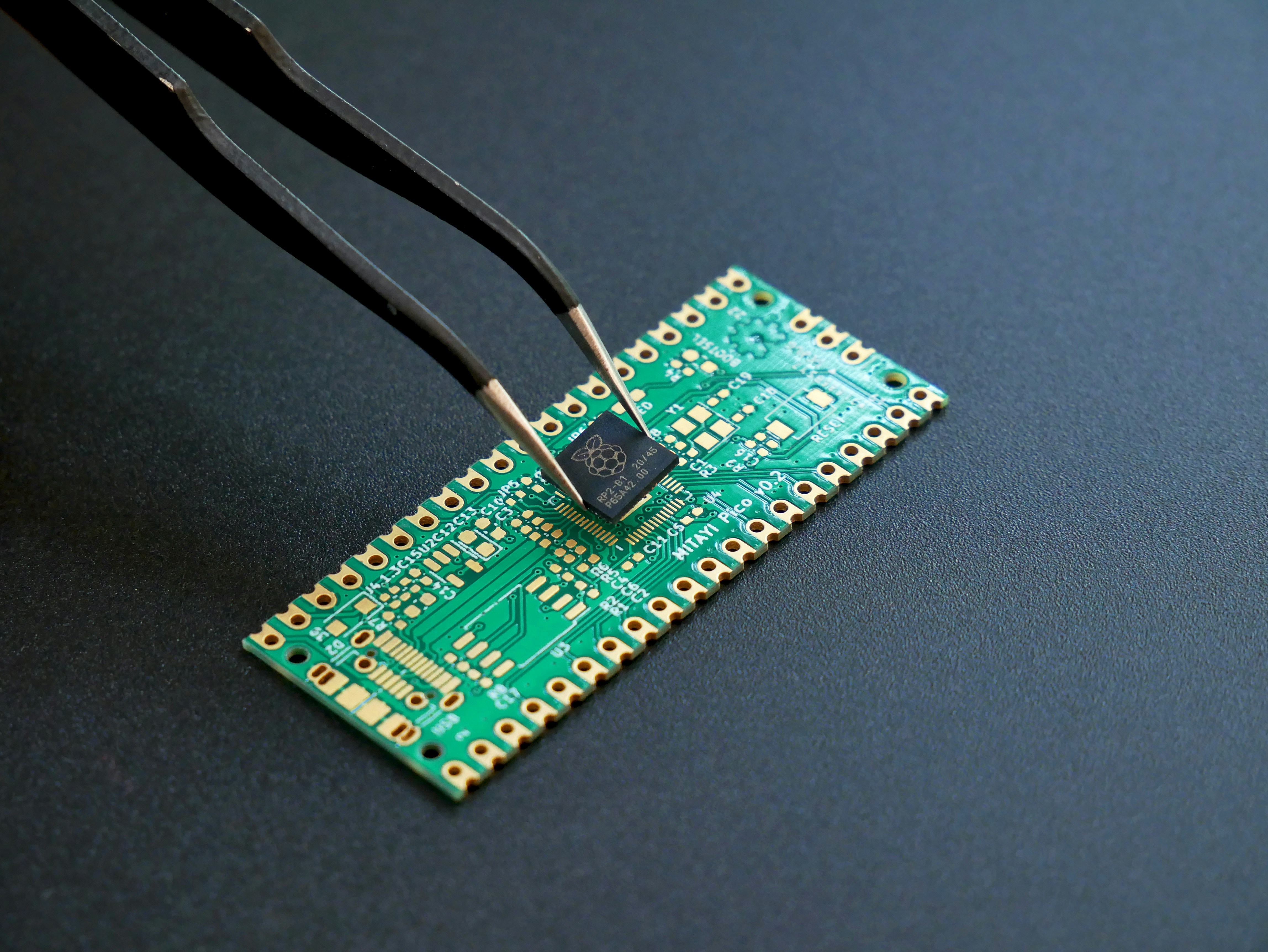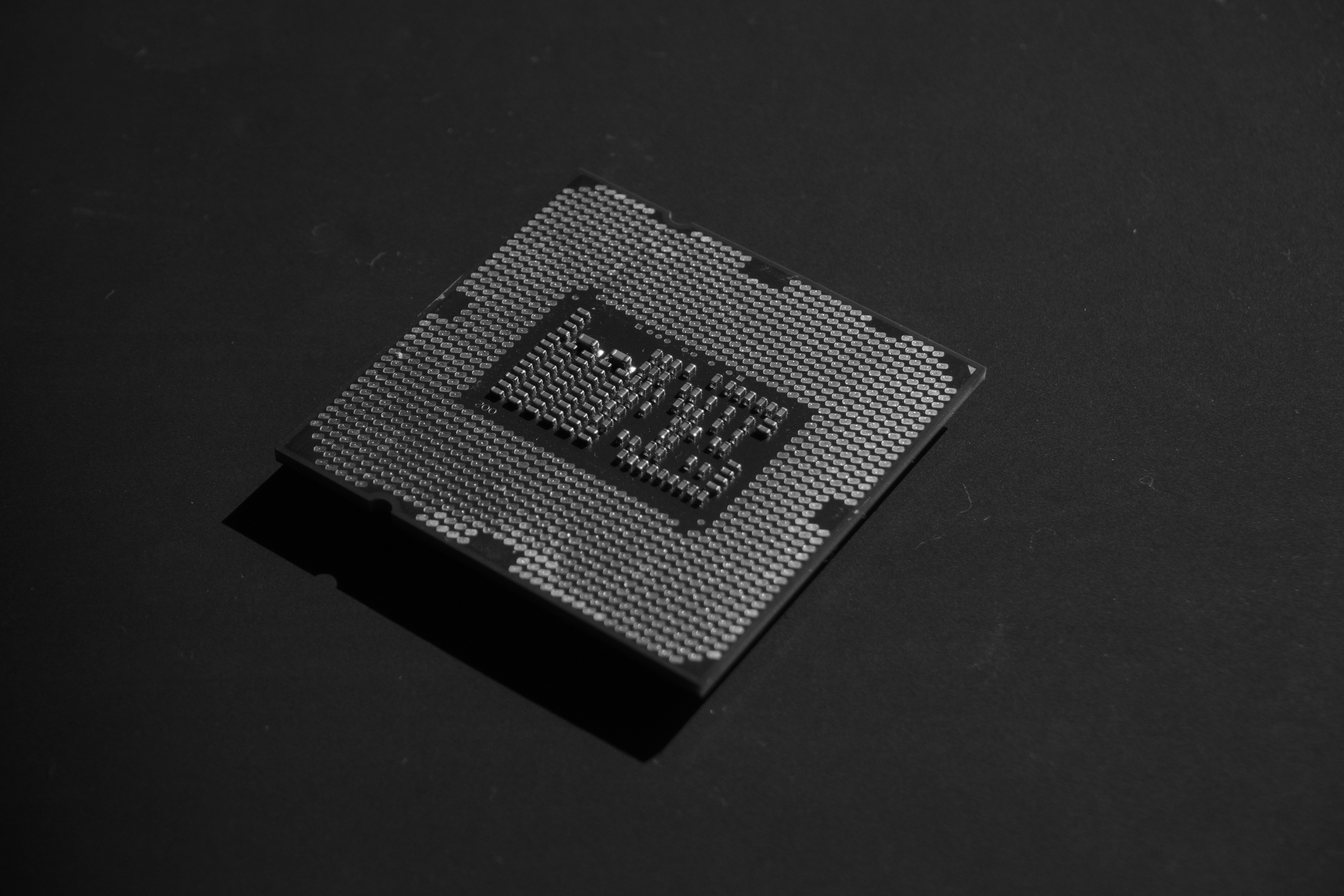Market Overview
Global Sales Trends: The semiconductor industry outlook for 2025 is highly optimistic, with global sales projected to grow by 19.1% in 2024 and sustain double-digit growth into 2025. According to the SIA, this rebound reflects strong end-market demand across AI, automotive, and communications sectors.Key Market Drivers: Core technologies—artificial intelligence, electric vehicles, and 5G infrastructure—are reshaping global chip demand. These areas are creating pressure for faster, more efficient, and scalable manufacturing and design processes.
In addition to technical demand, macroeconomic factors are also supporting growth. Increasing government subsidies, supply chain diversification, and industrial digitisation are accelerating the pace of semiconductor deployment across virtually every sector. The industry's cyclical nature is also being softened by broader application demand and public investment initiatives.
 Key Growth Segments
Key Growth Segments
AI & Machine Learning Integration: AI and ML continue to revolutionise chip usage, particularly for generative applications like ChatGPT. These technologies demand high-performance semiconductors to handle parallel processing, power efficiency, and data throughput. AI applications are no longer niche—they're now embedded in everything from finance to manufacturing, putting pressure on chipmakers to deliver versatile and energy-efficient solutions.Automotive and EV Chip Demand: EVs use two to three times more chips than traditional vehicles. From battery management systems to autonomous driving tech, semiconductors are increasingly embedded in automotive innovation. The increasing demand for Level 3+ autonomy, smart safety systems, and vehicle connectivity features is intensifying chip complexity and volumes, opening the door for tier-one suppliers to innovate through partnerships with semiconductor firms.
Cloud Computing and Data Centre Expansion: The exponential growth of data centres and edge computing is fuelling semiconductor demand. Cloud service providers are key customers for high-performance chips used in storage, processing, and AI inference.
Regional & Policy Dynamics
U.S. CHIPS Act Impact: The CHIPS Act is injecting over $50 billion into U.S. chip manufacturing and R&D. It aims to strengthen domestic production capacity and national security while reducing dependency on East Asia. State-level initiatives are further supporting workforce development and innovation clusters.Europe and Asia Investments: The EU Chips Act and parallel investments across Asia (particularly South Korea, Taiwan, and Japan) signal a global push for semiconductor self-reliance. European countries are focusing on R&D hubs, while Asia leads in foundry capacity and advanced packaging.
Ireland, in particular, plays a critical role in the EU’s semiconductor ambitions. With a concentration of leading multinationals and a highly skilled talent base, Ireland continues to attract strategic investments in fabless design, R&D, and manufacturing. Ireland’s proactive stance ensures it remains central to Europe's chip resilience strategy.
Global Reshoring Initiatives: Governments are promoting reshoring to avoid disruptions seen during COVID-19 and U.S.-China trade tensions. Supply chain localisation is a core policy goal for many nations.
Semiconductor Supply Chain Trends
Geopolitical Tensions and Resilience: With growing geopolitical risks, companies are prioritising supply chain resilience. Strategies include second-sourcing, regional diversification, and closer integration between design and manufacturing partners. Tech sovereignty is becoming a policy priority, especially in the U.S., Europe, and India.Foundry Strategies (TSMC, Samsung, Intel):
- TSMC leads with advanced nodes (3nm, 2nm).
- Samsung is pushing into AI-accelerator chips.
- Intel is investing $100B+ into U.S.-based fabs, pivoting back into foundry services.
 Innovation & R&D Focus Areas
Innovation & R&D Focus Areas
Advances in EUV Lithography: EUV lithography enables higher transistor densities at lower power. Leading chipmakers are already leveraging it for 5nm and smaller process nodes. This technology is essential to continuing Moore’s Law and staying ahead in AI and mobile applications.Power Efficiency & Performance Scaling: Energy consumption is a critical focus area. Power-efficient architectures are especially important for mobile, edge, and automotive chips. Companies are exploring new materials and transistor structures to strike the right balance between performance and thermal efficiency.
Specialised Chips for AI Workloads: AI is fuelling the need for application-specific integrated circuits (ASICs), GPUs, and neuromorphic chips that can deliver optimal performance for inferencing and training.
Industry Challenges
Ongoing Talent Shortage: The global chip industry faces a shortfall of 1 million skilled workers by 2030. Areas most affected include materials science, photonics, and process engineering.Ireland, while a leader in semiconductor R&D, must also expand its talent pool. Collaboration between academia and industry will be essential to fill critical skills gaps, particularly in areas like wafer fabrication, chip design, and systems integration.
Regulatory Pressures and ESG Mandates: Semiconductor companies are under pressure to meet environmental targets, reduce emissions, and source materials responsibly. At the same time, trade compliance and cybersecurity requirements are increasing.
Capital Expenditure Sustainability: Building fabs is capital-intensive, often exceeding $10 billion per site. Balancing these costs while maintaining profitability and R&D investment is a key challenge.
Future Outlook: 2025 and Beyond
Growth Projections and Investment Trends: The semiconductor forecast for 2025 remains strong, with projections of $600+ billion in global revenue. Strategic investments will continue in AI chip design, power semiconductors, and advanced packaging.Ireland is poised to benefit from this growth, with several expansion projects from leading semiconductor firms already underway. Coupled with EU support and global reshoring trends, the region is increasingly vital to Europe’s technological sovereignty.
Strategic Priorities for Industry Players: Companies must balance the push for innovation with resilience, sustainability, and inclusive talent pipelines. Ireland, with its proven record in attracting FDI, is positioned as a strategic hub for semiconductor excellence.
 FAQs
FAQs
What is the semiconductor market outlook for 2025?The market is forecast to experience robust growth, primarily driven by AI, 5G, and automotive innovation.
What is driving growth in the semiconductor industry?
AI, electric vehicles, and cloud infrastructure are among the top growth drivers.
What challenges are affecting semiconductor production?
Talent shortages, geopolitical instability, and CapEx strain are key issues.
What are the top 5 trends in the semiconductor industry for 2025?
Top trends include AI-centric chip development, EV demand, cloud growth, EUV lithography advancements, and geopolitical reshoring.
Conclusion & Strategic Takeaways
Summary of Market Outlook: The semiconductor industry outlook for 2025 reflects a sector undergoing rapid growth and transformation. With global revenue on the rise, major economies are competing for technological leadership.Strategic Moves for Businesses and Investors: Strategic focus areas include R&D, supply chain localisation, ESG alignment, and workforce development. Companies that invest in these priorities will be best positioned to capture long-term value.
Ireland’s strength as a stable, innovation-led economy makes it an ideal base for semiconductor companies looking to expand or invest in Europe.